
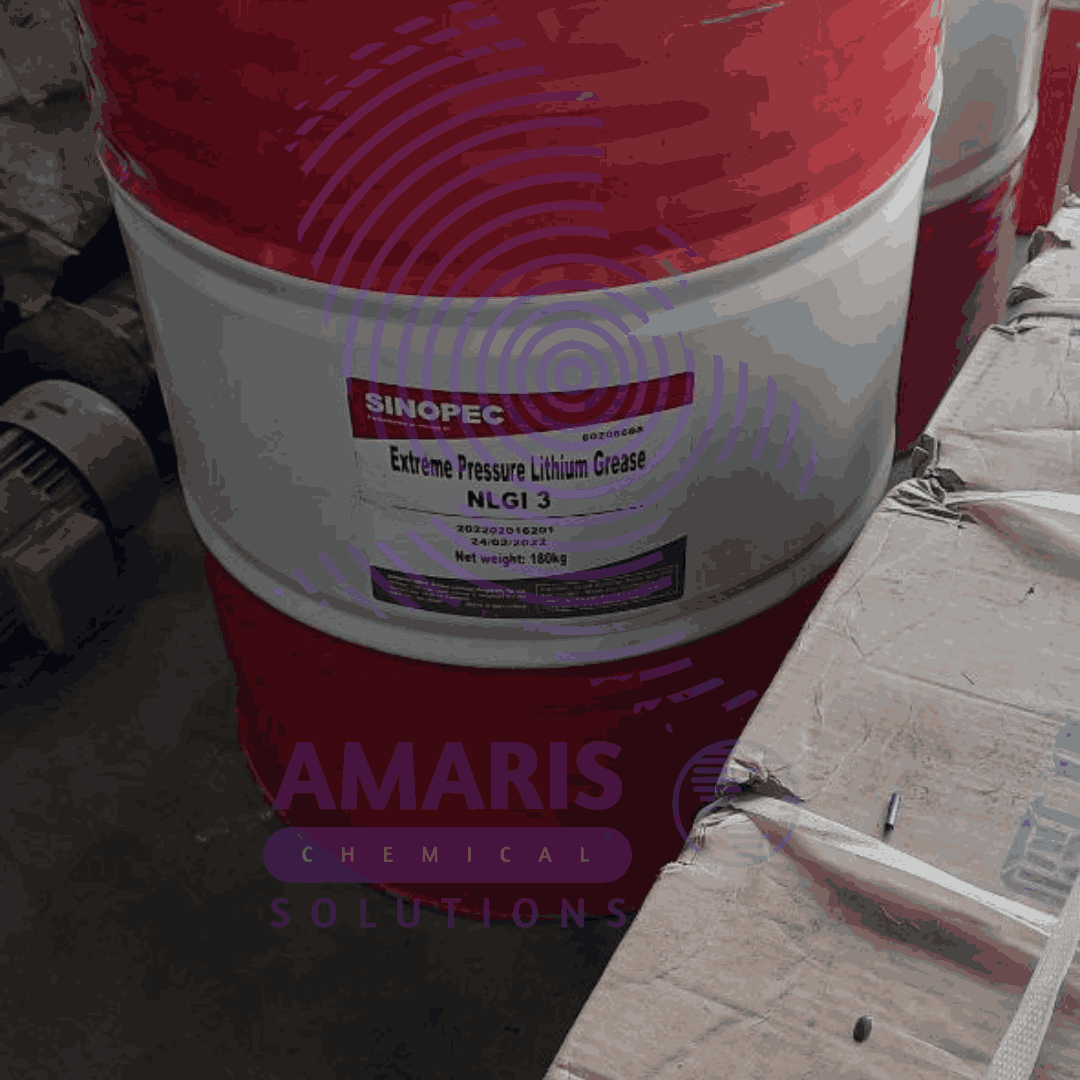
Zinc Dust 95%
$2,500.00 Original price was: $2,500.00.$2,300.00Current price is: $2,300.00.
Zinc dust is a finely powdered form of zinc, characterized by its metallic, grayish appearance and high reactivity. Composed of small particles of elemental zinc, it exhibits a powdery texture and is often employed in various industrial applications. This fine powder has a distinctively metallic luster and is known for its ability to readily react with other substances. Due to its unique properties, zinc dust finds use in diverse fields, including metallurgy, corrosion protection, chemical synthesis, and as a component in various coatings and paints.
uses of Zinc Dust
In the lab, zinc dust is often used in several ways:
- Reduction Reactions: Zinc dust can act as a reducing agent in chemical reactions, helping to convert compounds to their reduced forms. It’s commonly used in processes like the reduction of organic compounds and in the synthesis of various chemicals.
- Organic Synthesis: It’s employed in organic chemistry for the reduction of carbonyl compounds to alcohols, such as in the Clemmensen reduction.
- Catalysis: Zinc dust can be used as a catalyst or as part of a catalytic system in various chemical reactions, including those involving the formation of new bonds.
- Analysis and Testing: It is sometimes used in analytical chemistry to test for the presence of certain substances or to investigate reaction mechanisms.
- Corrosion Testing: Zinc dust can be used in experiments to study corrosion resistance and the effectiveness of protective coatings.
- Electroplating: In electroplating processes, zinc dust may be used to prepare solutions or as part of the electroplating bath.
4o mini
5 reviews for Zinc Dust 95%


MAECENAS IACULIS
Vestibulum curae torquent diam diam commodo parturient penatibus nunc dui adipiscing convallis bulum parturient suspendisse parturient a.Parturient in parturient scelerisque nibh lectus quam a natoque adipiscing a vestibulum hendrerit et pharetra fames nunc natoque dui.
ADIPISCING CONVALLIS BULUM
- Vestibulum penatibus nunc dui adipiscing convallis bulum parturient suspendisse.
- Abitur parturient praesent lectus quam a natoque adipiscing a vestibulum hendre.
- Diam parturient dictumst parturient scelerisque nibh lectus.
Scelerisque adipiscing bibendum sem vestibulum et in a a a purus lectus faucibus lobortis tincidunt purus lectus nisl class eros.Condimentum a et ullamcorper dictumst mus et tristique elementum nam inceptos hac parturient scelerisque vestibulum amet elit ut volutpat.
Related products
Bleaching Earth 25kg
Hydrochloric Acid ( HCL ) 40 kg
Nickel Sulphate [NiSO4(H2O)6]
- Chemical Formula: NiSO₄
- Appearance: Nickel sulfate usually appears as a green or blue crystalline solid, depending on its hydration state.
- Hydrates: It forms several hydrates, the most common being the hexahydrate (NiSO₄·6H₂O), which is blue in color.
- Solubility: It is highly soluble in water, which makes it easy to dissolve in aqueous solutions.
- Applications:
- Electroplating: Nickel sulfate is commonly used in electroplating to apply a layer of nickel onto metals.
- Catalysis: It serves as a catalyst in certain chemical reactions.
- Ink Manufacturing: It is used in the production of ink.
- Battery Manufacturing: Nickel sulfate is used in the production of rechargeable batteries, particularly nickel-cadmium batteries.
- Agriculture: It is sometimes used as a micronutrient in fertilizers for crops.
- Hazards: Nickel sulfate is toxic if ingested or inhaled in large amounts. Prolonged exposure can cause skin allergies or respiratory issues in sensitive individuals.
Nitric Acid 68% conc 35kg
Sodium Nitrite
Tartaric Acid 500gm
Chemical Properties
- Chemical Formula: C4_44H6_66O6_66
- Molecular Weight: 150.09 g/mol
- Appearance: White crystalline powder
- Solubility: Soluble in water and alcohol
Natural Occurrence
Tartaric acid is widely found in nature, predominantly in fruits like grapes, apricots, and apples. The potassium salt of tartaric acid, known as potassium bitartrate or cream of tartar, is a byproduct of winemaking.Industrial Production
Commercially, tartaric acid is often produced as a byproduct of wine production. The process involves:- Extraction: The sediment left in wine barrels, known as "lees," is treated to extract potassium bitartrate.
- Purification: The crude potassium bitartrate is then purified and converted to tartaric acid.










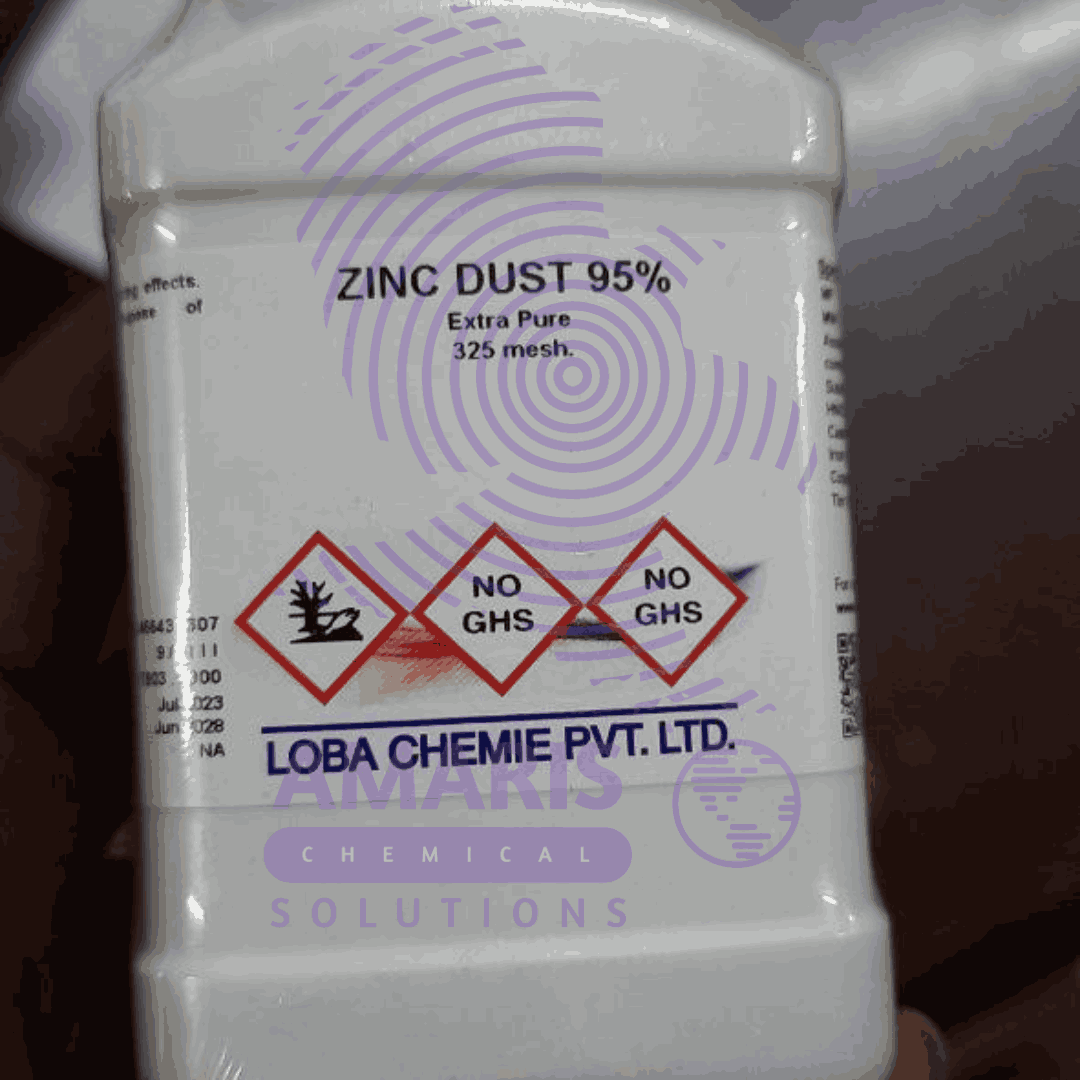
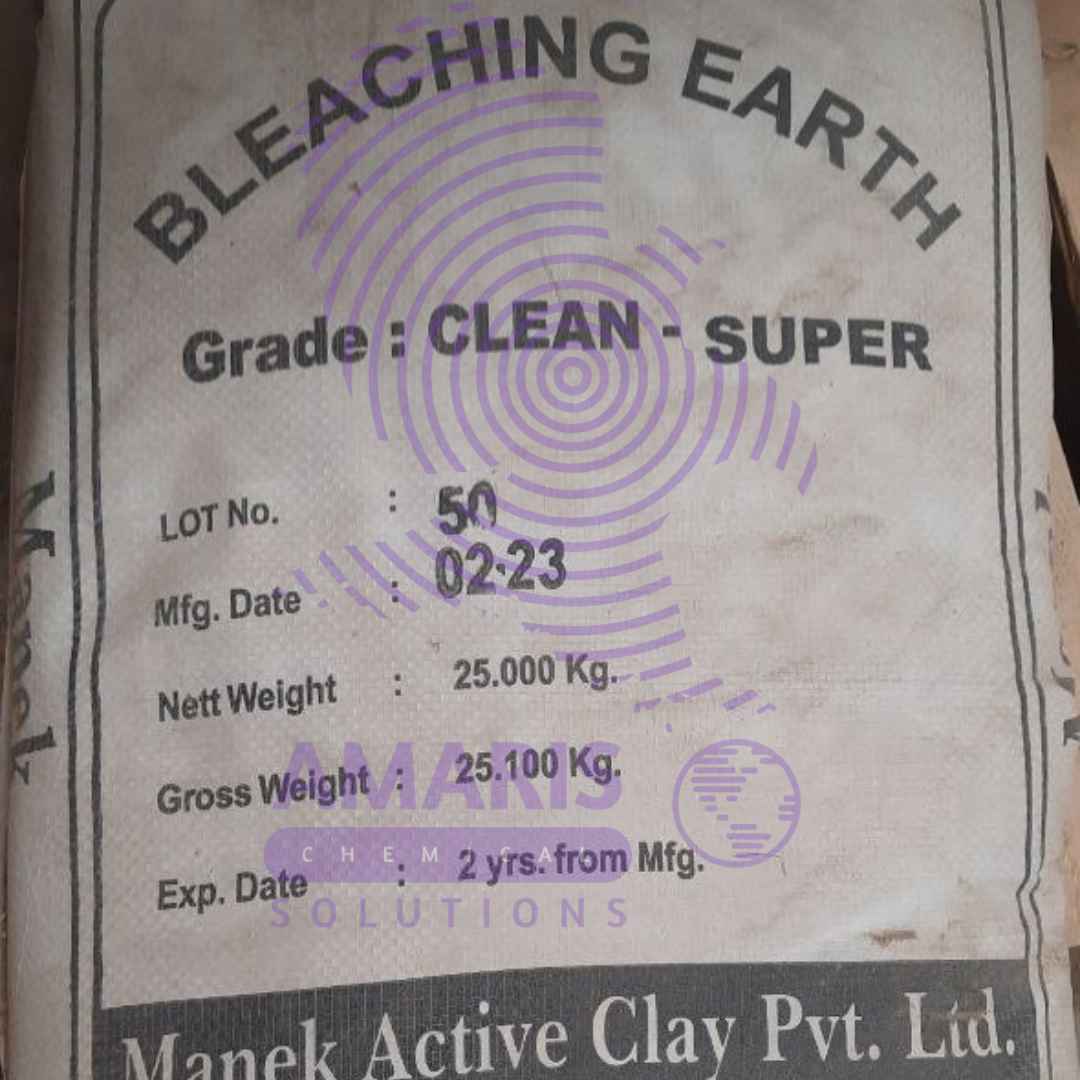
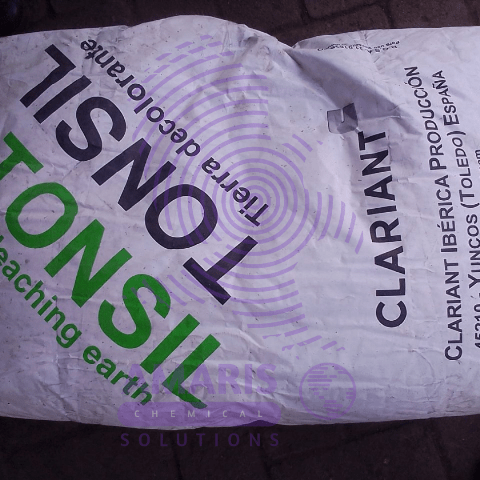
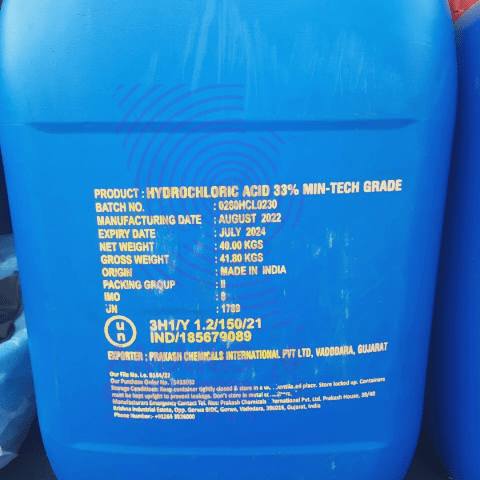
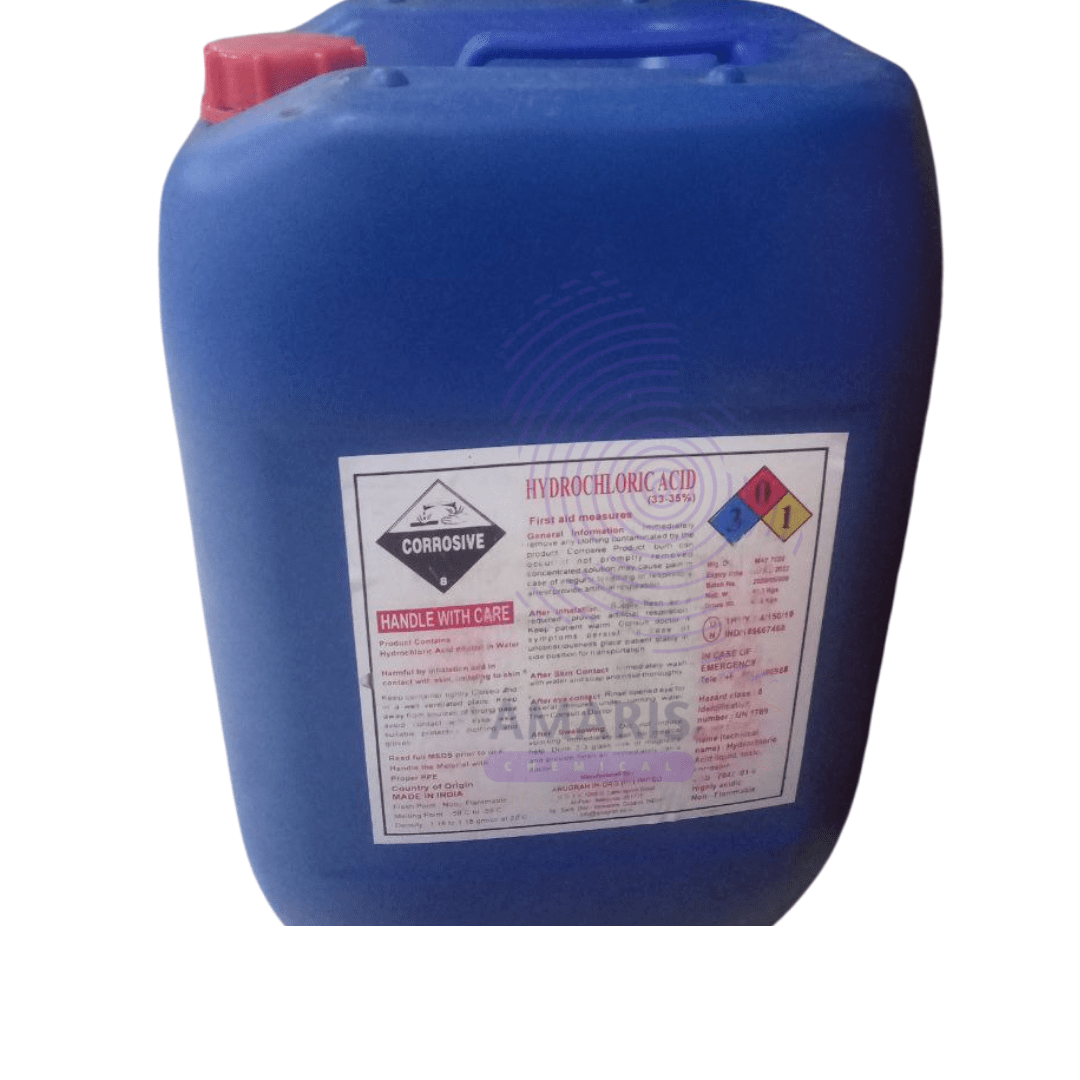
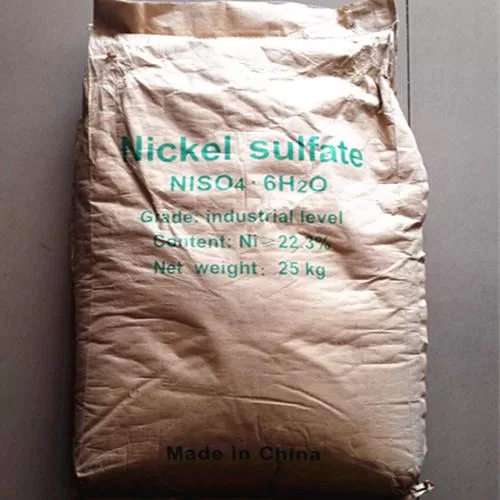
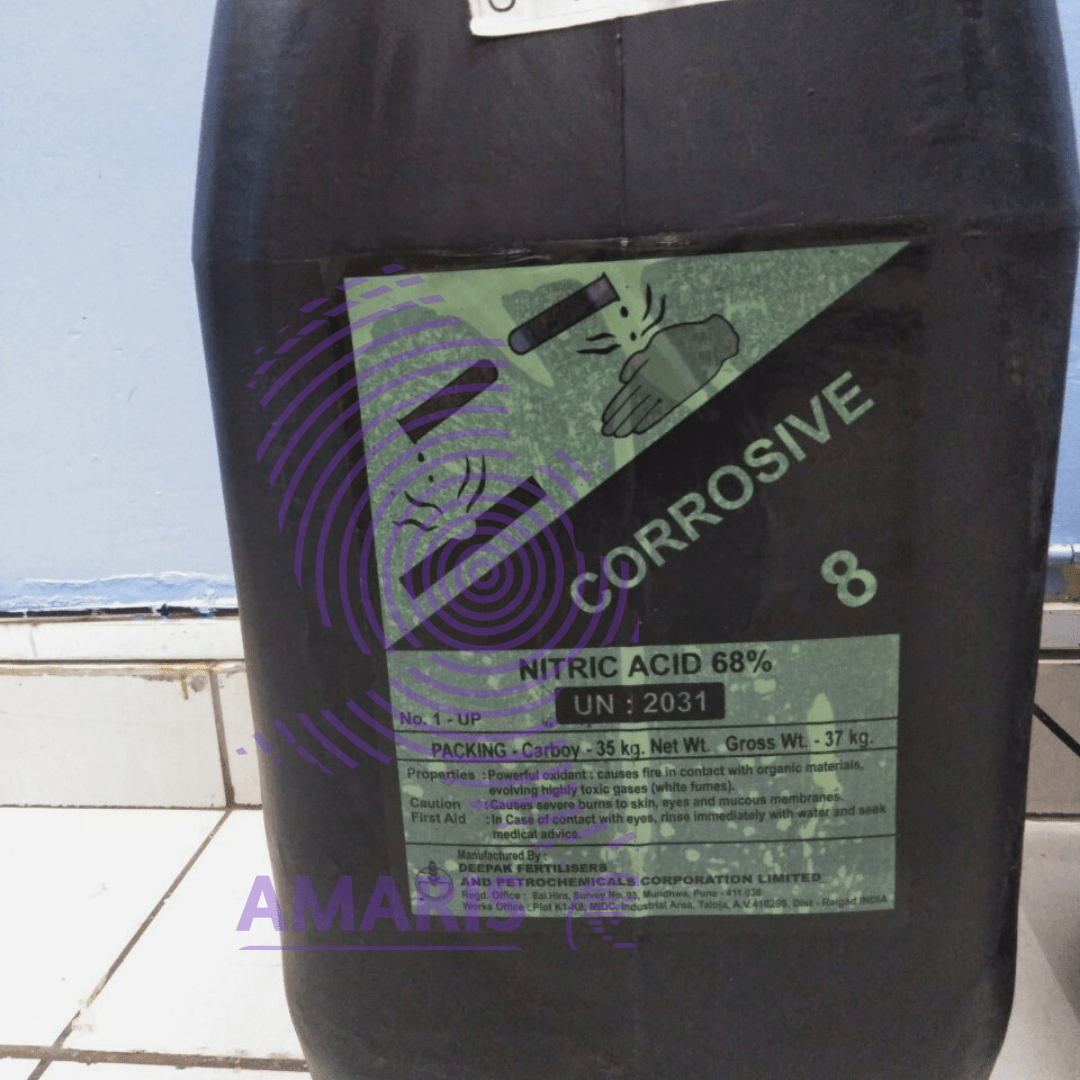
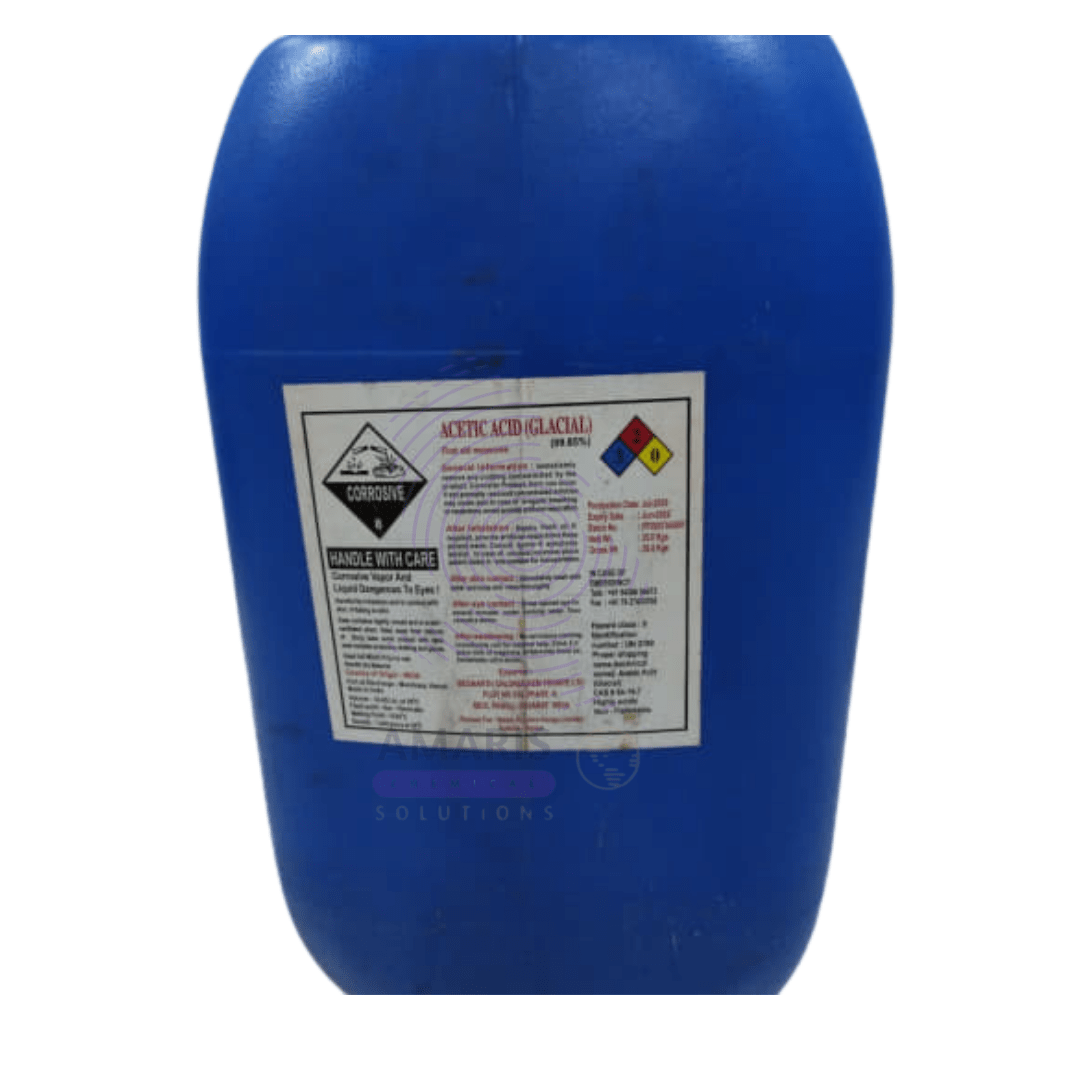
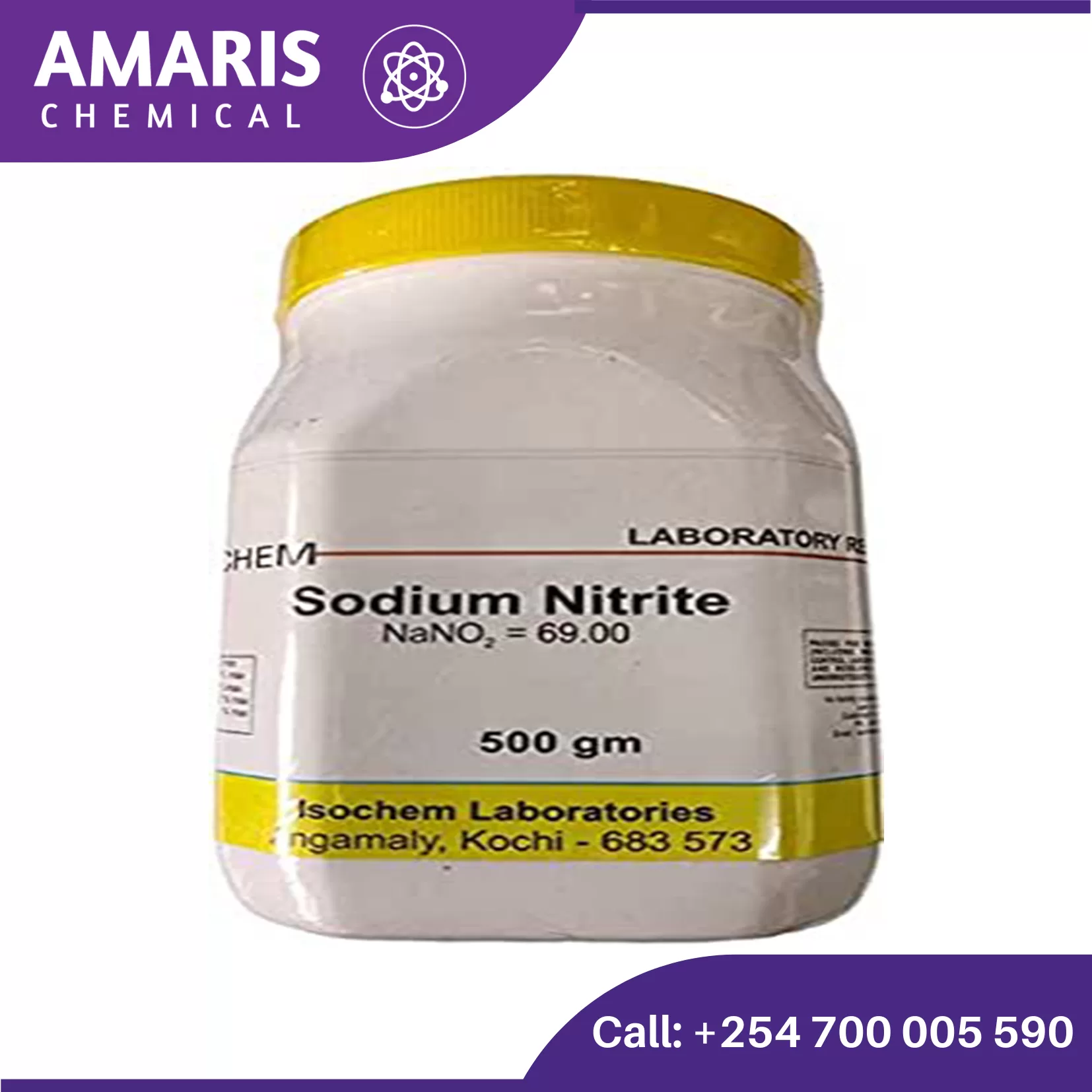
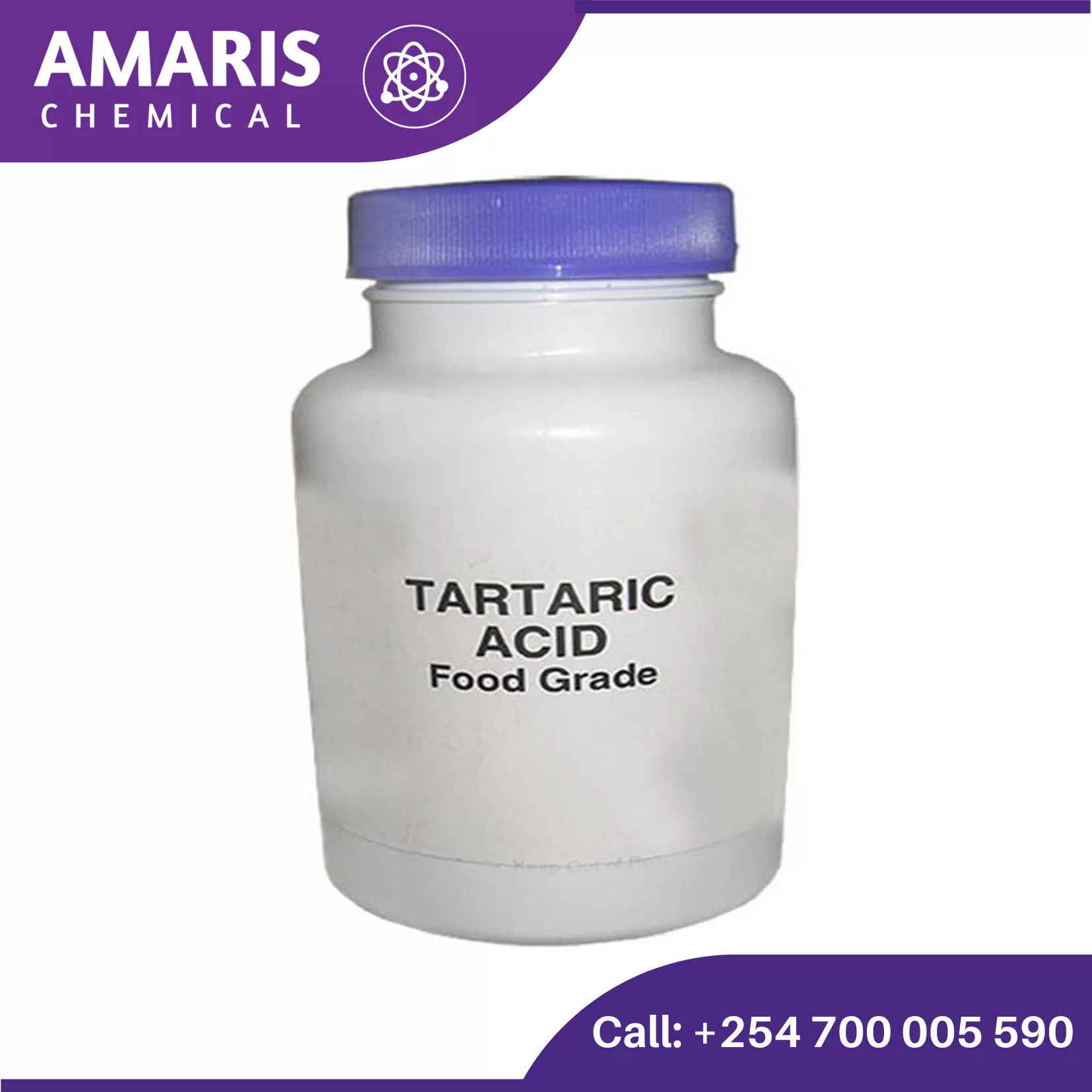
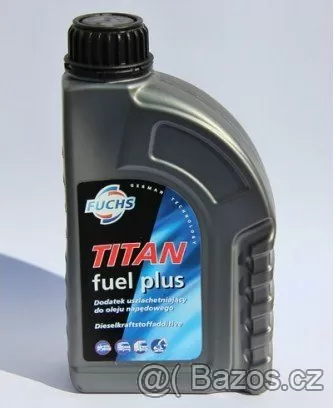
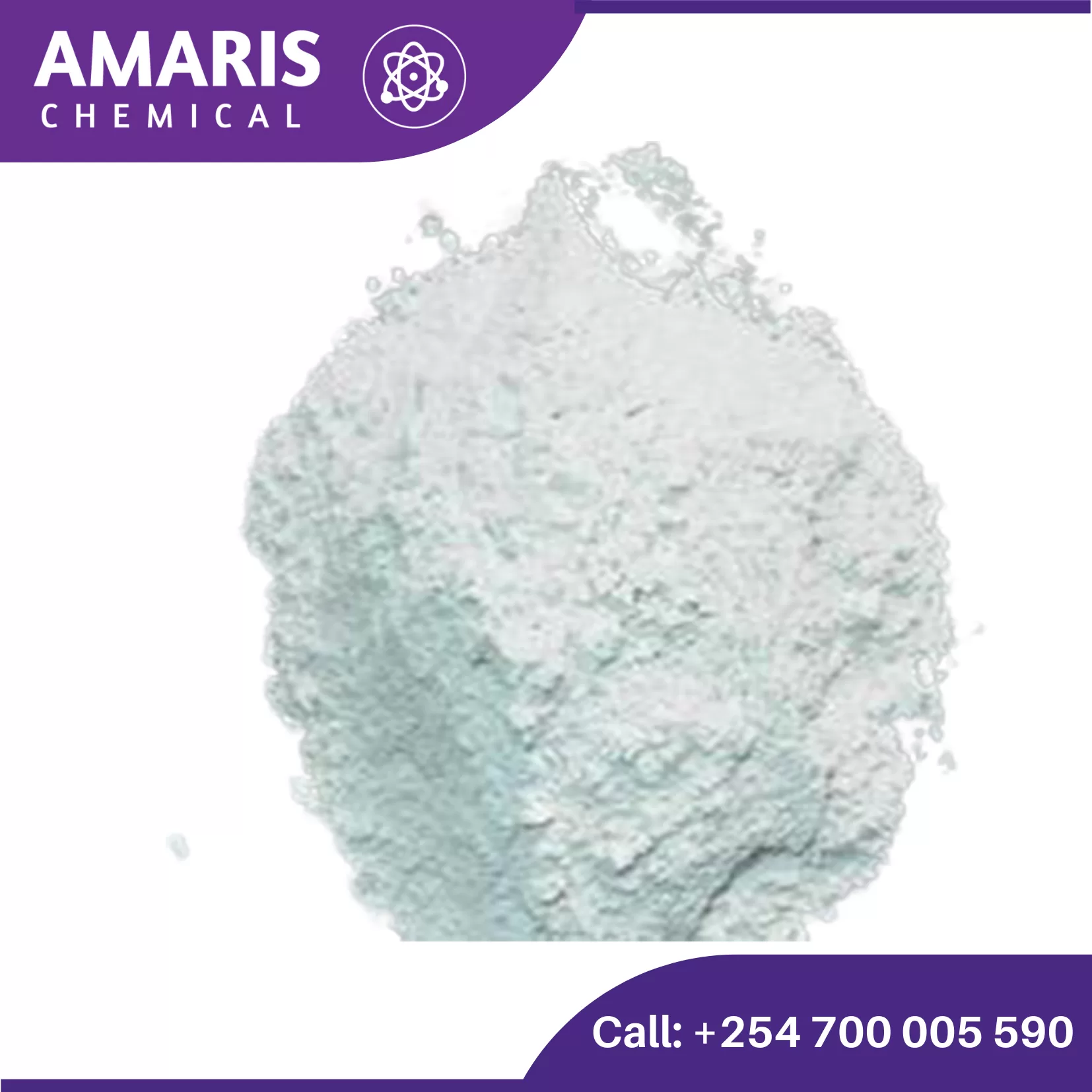









Salome –
I appreciate the reliability of zinc dust in various chemical reactions.
Agaka –
I find zinc dust effective.
johnson okeyo –
Am happy with my purchase
Aurora –
I can’t get enough of this product – it’s that good!
Emon –
It is used in variuos applications to prevent corrosion in marine